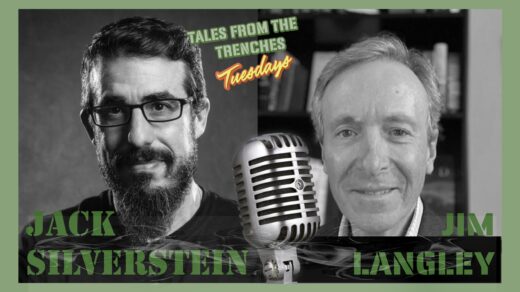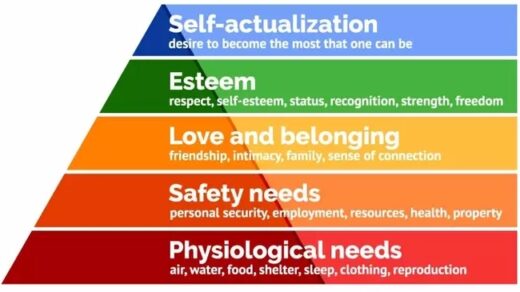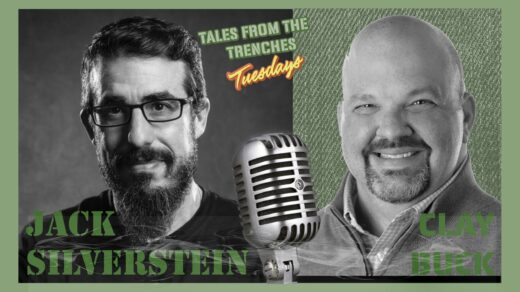
For as long as I have been a fundraiser, Direct Mail has always been toted as the holy grail — where the most number of donors (and prospects) live. I guess that I am really not the target demographic for this modality as I like a relationship and have a real hard time understanding it, but welcome the success it breeds nevertheless.
Jason Lewis (I mentioned him last week) writes about the disconnect between Direct Mail (arm’s-length fundraising) and the need to upgrade support. He states “Once an initial gift has been received, the relationship has changed and both sides of the relationship will have higher expectations of the other.” He then quotes a donor who said: “They keep asking me for larger checks and offering the same shallow relationship in return.“
Now I know full-well that you cannot have a deep and meaningful relationship with thousands of donors. It has been said that a good fundraiser can competently have meaningful relationships with 75 to 100 donors annually. So, that begs the question — do you have enough staff in your shop?
But perhaps the most eloquent part of Lewis’ musings are when he acquaints us with this thought: “Inherent in the never-ending pursuit of new donors are two assumptions. First, that the new donor will give our organization amounts equal to (or greater than) those our current donors give. Second, that the new donor’s gift will be accompanied by fewer expectations than those of our existing donors. Both bad assumptions. Rarely will new donors give more generously than existing donors. Equally rare are new donors who, as they contribute more, develop lower expectations. Unfortunately, donors who give unreservedly to our causes without any conditions don’t exist.“
As soon as the prospective donor becomes an actual donor, the relationship changes (or at least, it should change). Many donors give the first gift as a test to see what the organization will do with the donation (and more importantly, how the organization will treat the new donor). The onus is upon the charity to steward that donor and take them on a journey with you.
But how can we accomplish that ‘en mass’? Good question. You can’t. It takes a bit of time (and investment). Just as you think of investments as long-term strategies, so too should be your donors. If you are simply thinking of donors as transactions and one-offs, you will never develop a base of committed supporters.
I would suggest that you segment your Direct Mail file into donor bands. As George Orwell writes in his book Animal Farm, “All animals are equal. But some animals are more equal than others.” Look at the larger donors (first) and as resources become more available lower that threshold.
Until next week.
L’chaim




